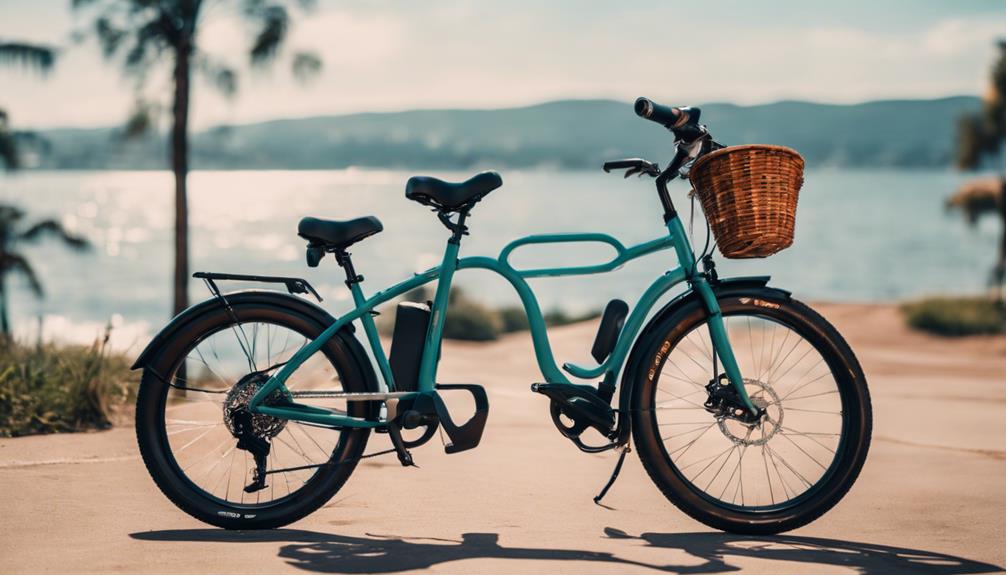Gravel biking has gained immense popularity in recent years, thanks to its versatility and the thrill of exploring unpaved roads. One of the most critical components of a gravel bike is its tires. The right gravel bike tires can significantly enhance your riding experience, providing the grip, durability, and comfort you need on varied terrains. This article delves into the world of gravel bike tires, discussing their types, features, and how to choose the best options for your cycling adventures.
Understanding Gravel Bike Tires
Gravel bike tires are specifically designed to perform well on a mix of surfaces, including paved roads, dirt paths, and loose gravel. Unlike road bike tires that are optimized for smooth surfaces or mountain bike tires that are built for rough trails, gravel bike tires strike a balance between speed and control.
Key Features of Gravel Bike Tires
When selecting gravel bike tires, several features should be taken into account:
- Tread Pattern: The tread pattern affects traction and speed. Tires with a more aggressive tread provide better grip on loose surfaces, while smoother tires offer less rolling resistance on paved roads.
- Width: Gravel bike tires typically range from 32mm to 50mm in width. Wider tires provide more comfort and better traction, while narrower tires are faster on pavement.
- Material: The construction material can influence the tire’s weight, durability, and puncture resistance. Common materials include rubber compounds and reinforced casings.
- Pressure Range: Different tires have different recommended pressure ranges. Lower pressures enhance comfort and grip, while higher pressures increase speed.
Types of Gravel Bike Tires
Gravel bike tires can be broadly classified into two categories: clincher and tubeless. Understanding these types helps in making an informed choice.
Clincher Tires
Clincher tires are the most common type used in gravel biking. They consist of a separate inner tube and a tire casing that hooks onto the rim. Here are some of the advantages and disadvantages:
- Advantages:
- Easier to repair and replace due to the separate inner tube.
- More widely available in stores.
- Generally more affordable than tubeless options.
- Disadvantages:
- Higher risk of pinch flats, especially when riding at lower pressures.
- More rolling resistance compared to tubeless tires.
Tubeless Tires
Tubeless tires are designed to be used without an inner tube, allowing for lower pressure and reduced puncture risk. Here are their pros and cons:
- Advantages:
- Lower rolling resistance leads to faster speeds.
- Better puncture resistance due to the sealant used inside.
- Ability to run lower pressures for increased traction and comfort.
- Disadvantages:
- More complicated installation and maintenance.
- Initial setup can be more expensive.
Choosing the Right Gravel Bike Tires
Choosing the right gravel bike tires involves considering several factors, including your riding style, terrain, and personal preferences. Here are some key points to guide you:
1. Assess Your Riding Style
Different riding styles call for different tire characteristics:
- Fast-Paced Riding: If you prefer speed on paved roads, opt for narrower tires (32mm-38mm) with a smoother tread pattern.
- Adventurous Terrain: For mixed terrain and off-road adventures, wider tires (38mm-50mm) with a more aggressive tread are ideal.
- Commuting: If you use your gravel bike for commuting, a balanced tire that performs well on both asphalt and gravel is a good choice.
2. Consider the Terrain
The type of terrain you’ll encounter plays a crucial role in tire selection:
- Loose Gravel: Tires with a pronounced tread pattern provide the necessary grip.
- Paved Roads: A smoother tire with less rolling resistance will improve speed.
- Mixed Conditions: A versatile tire that can handle both surfaces will enhance your riding experience.
3. Evaluate the Weather Conditions
Weather can also impact tire performance:
- Wet Conditions: Tires with deeper grooves will help disperse water and improve grip.
- Dry Conditions: A smoother tire can enhance speed and efficiency.
Popular Gravel Bike Tire Brands
Several manufacturers have established themselves as leaders in the gravel bike tire market. Here are some noteworthy brands:
- Schwalbe: Known for their high-quality tires, Schwalbe offers a range of gravel-specific options, such as the G-One Allround.
- WTB: WTB’s Riddler and Sendero models are popular for their versatility and durability.
- Continental: The Terra Speed tire is designed for speed and grip, making it a favorite among gravel enthusiasts.
- Panaracer: The Gravel King series is known for its performance and comfort on mixed terrain.
Case Studies and Statistics
A recent study by the Outdoor Industry Association revealed that gravel biking has seen a 30% increase in participation over the past five years, highlighting the growing interest in this sport. Many gravel riders report that the quality of their tires directly impacts their enjoyment and performance. A survey of 1,000 gravel cyclists found:
- 70% stated that they prefer wider tires for comfort and grip.
- 60% had switched to tubeless tires for better puncture resistance.
- 80% reported improved performance and speed with the right tire choice.
Conclusion
Choosing the right gravel bike tires is essential for optimizing your riding experience. By considering your riding style, terrain, weather conditions, and the specific features of different tires, you can find the perfect match for your gravel biking adventures. Whether you prefer the simplicity of clincher tires or the performance benefits of tubeless options, the right tires can make all the difference in your comfort, speed, and overall enjoyment on the bike. With the increasing popularity of gravel biking, now is the perfect time to invest in quality tires and explore the endless possibilities that await on unpaved roads.
